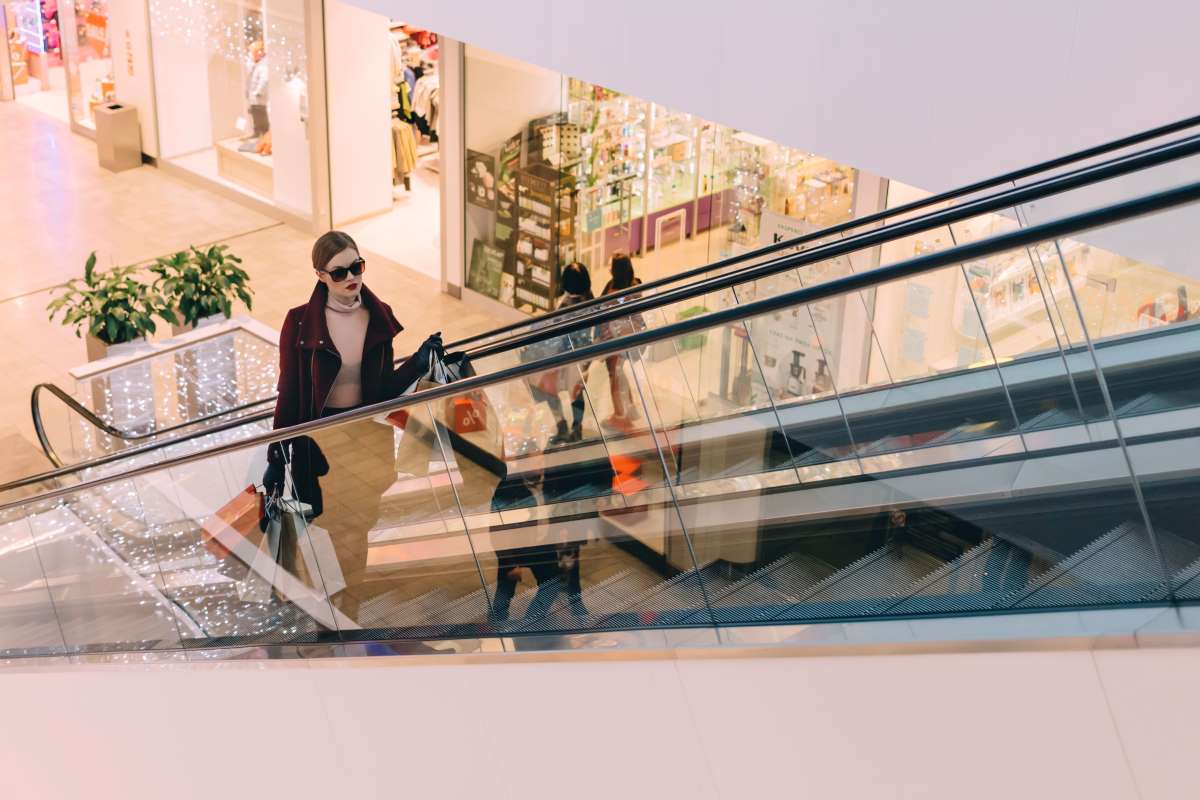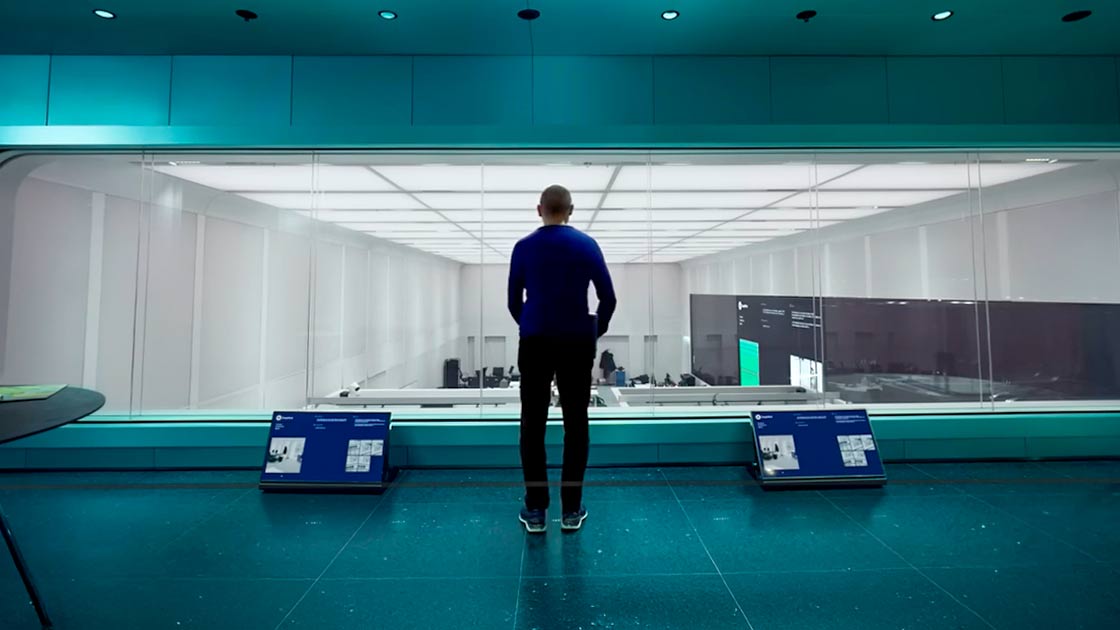What are physical shops and how are they transforming shopping?
Digitalisation has led to the creation of smart spaces where the physical and the digital converge. These smart spaces can be public places with different purposes: from shops and shopping centres to hotels or football stadiums.
In any case, the aim of smart spaces is to be more efficient and sustainable, and to offer the public a more interactive and personalised experience in order to adapt to a hyper-connected customer whose demands and preferences are constantly changing.
Smart retail: physical and digital merging in retailing
In this sense, one of the main trends is the smart retail, the digitalisation of physical retail spaces incorporating digital technologies. This is achieved with the sensorisation of the physical environment thanks to IoT (Internet of Things) and the incorporation of connectivity, smart and interactive screens, virtual and augmented reality...
It is possible to offer customers a better shopping experience when they visit physical spaces by applying data analytics and Artificial Intelligence to the data captured by sensors.
Companies and brands must take advantage of digital technologies to strengthen their business, generate new shopping experiences and be more competitive.
Interactive, immersive, and efficient phygital shops
The interactivity enabled by phygital shops provides users with real-time information, personalised offers and recommendations, and a high level of investment that enhances the experience, reduces lost sales opportunities, and increases loyalty. For example, augmented reality allows users to view products, access detailed descriptions and even 'try on' items virtually.
This translates into more responsive consumers, longer dwell time in physical and online shops and increased conversion rates.
.jpg) Image: gpointstudio / Freepik
Image: gpointstudio / Freepik
Dynamic marketing platforms also make it possible to tailor on-screen messages to the context and profile of the customer, who can incorporate data from e-commerce such as product ratings or purchase history. In this way, the experience becomes omnichannel and more personal.
The omni-channel shopping experience
The omni-channel shopping experience removes the barriers between the physical and digital environments to create a unified experience, flowing between the digital and physical channels used by the shopper by incorporating digital technologies into physical spaces.
This makes it possible to offer:
- Personalised offers and interactions according to the user's profile.
- Option to buy online and pick up in shop or vice versa.
- Connection of physical stocks with e-commerce.
- Services such as smart lockers to speed up deliveries and returns.
- Unified experience between the online and offline world.
Brands can deliver seamless experiences, satisfy consumers who no longer distinguish between physical and digital channels, and increase conversion rates.
Internal improvements and process optimisation in smart retail
Beyond improving the customer experience, digitalisation also optimises internal business processes. Technologies such as RFID and smart shelves or smart labels allow, for example, to:
-
Real-time tracking of inventory and stock levels to identify consumption trends and enhance stock management.
-
Utilize product traceability to optimize product logistics and supply chain.
-
Optimize human resources allocation based on foot traffic and sales data.
Brands gain profitability, reduce operating expenses and boost customer satisfaction by implementing technology solutions in inventory management and logistics.
The power of data in phygital shops
In the data economy, having the ability to identify consumer preferences and behaviours provides a competitive advantage for retail spaces by enabling, among other advantages,
- Quantify the traffic of potential customers and their conversion rates.
- Understand the paths within the shop and the interest shown in a product.
- Dynamically personalise content according to the shopper's offline and online profile.
- Identify which sections or areas of the shop generate more (or less) interest among visitors.
- Optimise opening hours and staffing based on context and occupancy data.
This enables brands to make decisions that help them optimise their strategies, spaces, and resources to achieve more sales and reduce costs while responding to users' interests and providing a better shopping experience.
 Hybrid Cloud
Hybrid Cloud Cyber Security & NaaS
Cyber Security & NaaS AI & Data
AI & Data IoT & Connectivity
IoT & Connectivity Business Applications
Business Applications Intelligent Workplace
Intelligent Workplace Consulting & Professional Services
Consulting & Professional Services Small Medium Enterprise
Small Medium Enterprise Health and Social Care
Health and Social Care Industry
Industry Retail
Retail Tourism and Leisure
Tourism and Leisure Transport & Logistics
Transport & Logistics Energy & Utilities
Energy & Utilities Banking and Finance
Banking and Finance Sports
Sports Smart Cities
Smart Cities.jpg)






